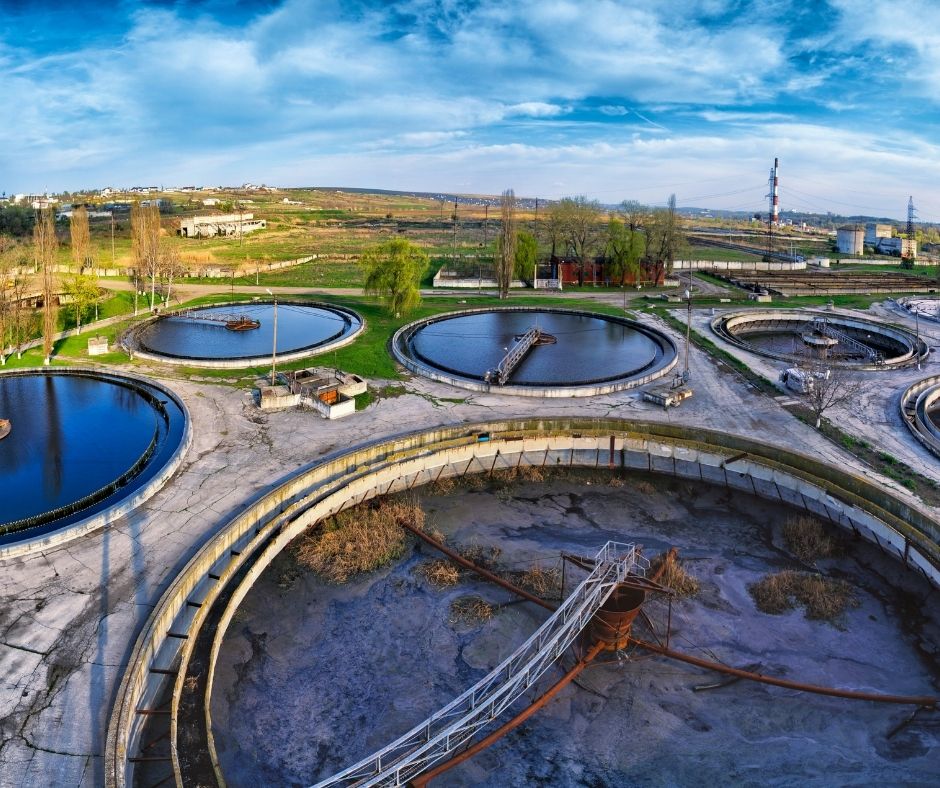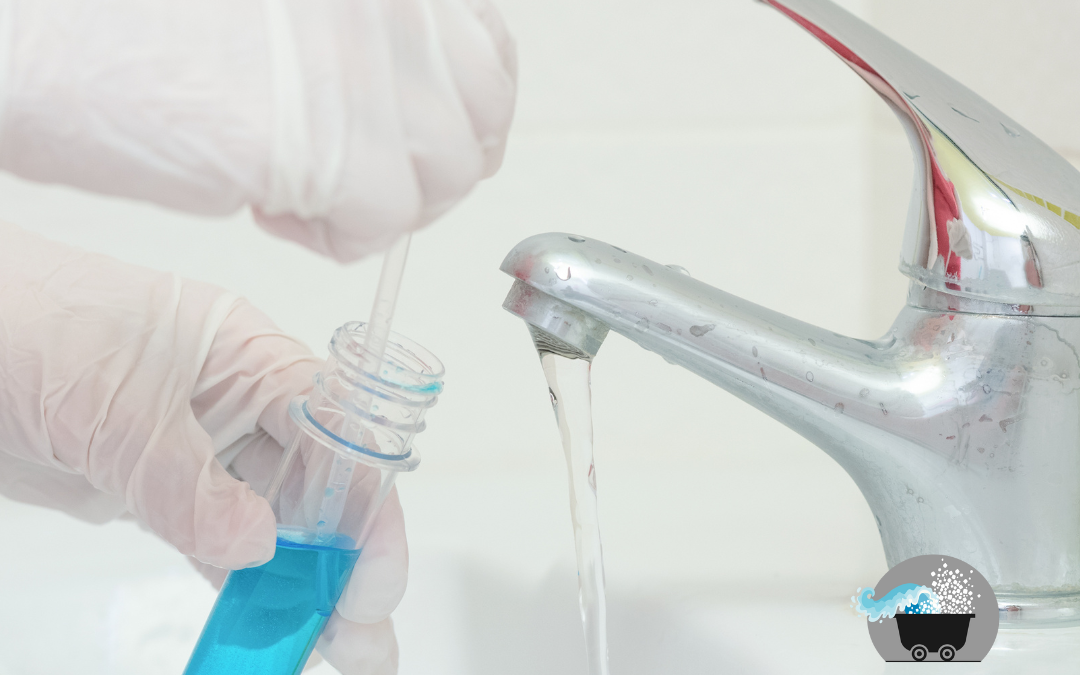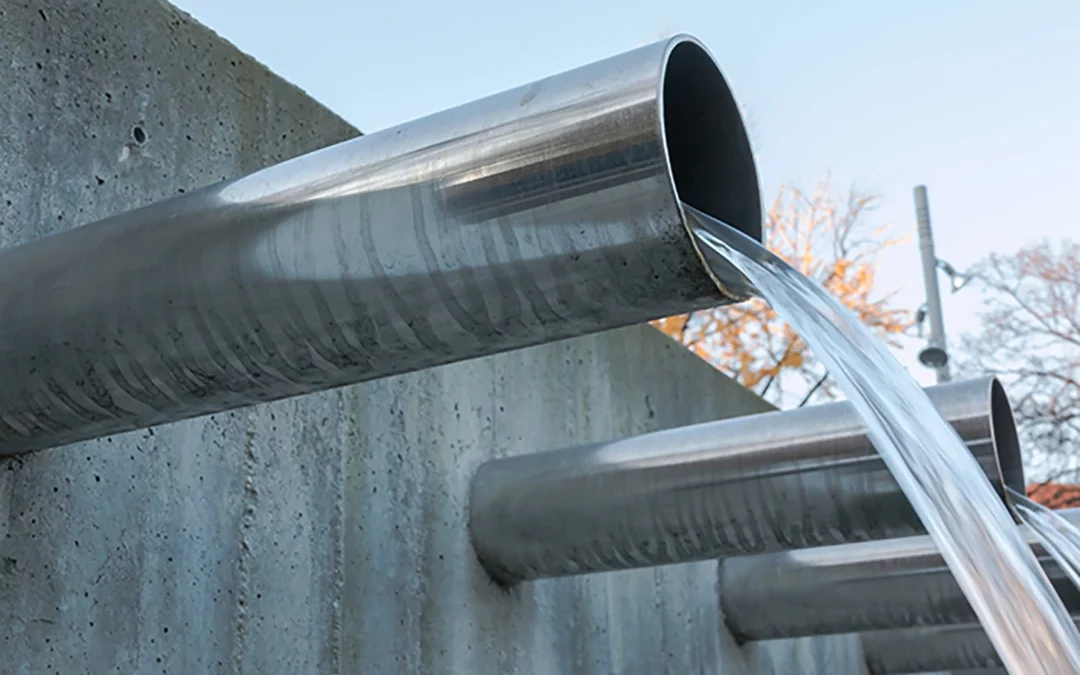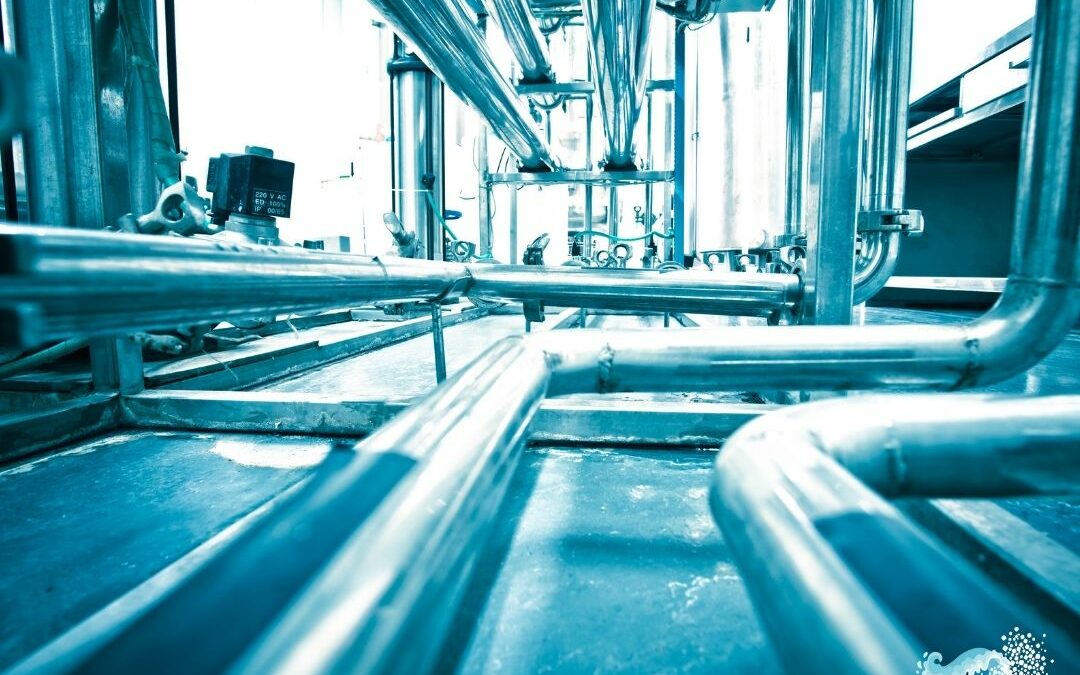It has been almost 50 years since the Clean Water Act was passed in an effort to regulate water quality in the United States. Yet, water quality problems continue to plague our nation and challenge our communities. Let’s take a closer look at one growing water problem … chloride in wastewater plants.
Where does chloride in wastewater plants come from?
Unfortunately, chloride in wastewater plants comes from a variety of sources. Knowing the common culprits, however, can help communities make important decisions about new laws or regulations needed to reduce salt contamination.
Sources of chloride in wastewater plants include:
- Residential water softeners: Salt-based water softeners go through a regeneration cycle in which a highly concentrated salt brine is discharged into the sewer at regular intervals. The homeowner enjoys the benefits of soft water but the environment is contaminated by excess salt.
- Commercial water softeners: Hospitals, schools, government buildings, restaurants, hotels, and other businesses often use commercial water softeners to provide higher quality water to their clients. This produces the same effects as residential water softeners but on a larger scale.
- Municipal drinking water systems: In an effort to provide their residents with safe drinking water, many communities remove nitrates and other harmful contaminants from the local water. The concentrated water that’s discharged can be another source of chloride in wastewater plants.
- Industrial processes: Industries such as nut roasting, olive processing, leather tanning, and cheese production all use a highly concentrated salt brine. Without responsible brine management, the effluent that’s discharged to wastewater plants is also highly concentrated in salt.
Now that you know where the salt comes from, let’s look at why it’s such a problem.
Effects of environmental salt pollution
Our environment is made up of multiple ecosystems – land, sea, and freshwater sources, just to name a few. In nature, these ecosystems are able to function well because there are natural checks and balances in place. When outside factors come into play, however, the ecosystem’s delicate balance can be disrupted.
Salt pollution from the sources mentioned above can have a negative impact on any ecosystem. In aquatic environments, for example, excess salt in the water can kill or harm both plants and animals. This is true even in the oceans where salt water naturally exists. On land, salt pollution can affect crop growth as well as impact soil fertility and permeability.
How to prevent chloride in wastewater plants
Many communities are now faced with coming up with a plan to mitigate or prevent chloride in wastewater plants in order to meet EPA guidelines for clean water. Often, the process looks like this:
- Step 1: Monitor the chloride levels. In order to solve a problem, the community must first determine whether or not a problem actually exists. Chloride in wastewater plants can be measured and monitored over time to see if there is, in fact, a problem that needs to be addressed.
- Step 2: Determine the chloride source. If chloride levels are too high, community regulatory departments can investigate and determine the chloride sources through research, testing, and monitoring.
- Step 3: Design a solution. Ultimately, the best solution for each community will depend on the chloride source. For example, if the largest offenders are commercial water softeners, a community may choose to ban them altogether. Or, they could require the use of a brine management system, such as the Salt Miner, to prevent untreated brine discharge into the wastewater plant.
Salt management at its source
End-of-pipe treatment, or treatment at the wastewater plant level, is typically more expensive than providing salt management at its source. The Salt Miner provides an environmentally friendly way to prevent chloride in wastewater plants by treating the water before it gets there.
The Salt Miner can be retrofitted to any water softener, either commercial or residential. And, it can be used in other applications as long as it is installed between the brine source and the drain. Essentially, it ‘mines’ the used salt out of the wastewater, collecting it for recycling or proper disposal before it ever goes down the drain.
To see for yourself how the Salt Miner works, watch this short video here. Then, contact us today to be a part of this environmentally friendly soft water solution!





